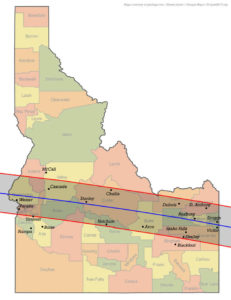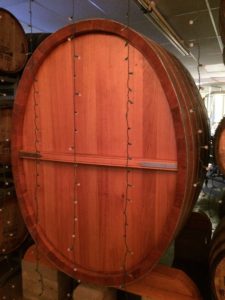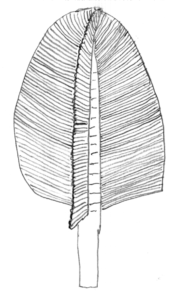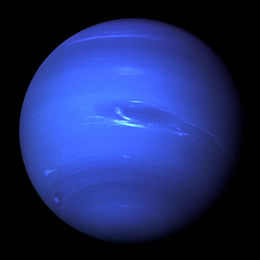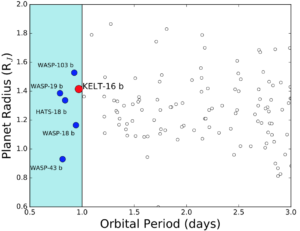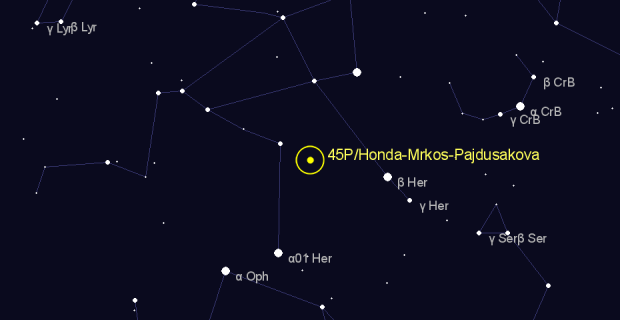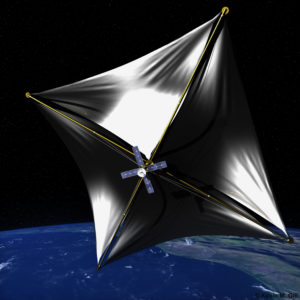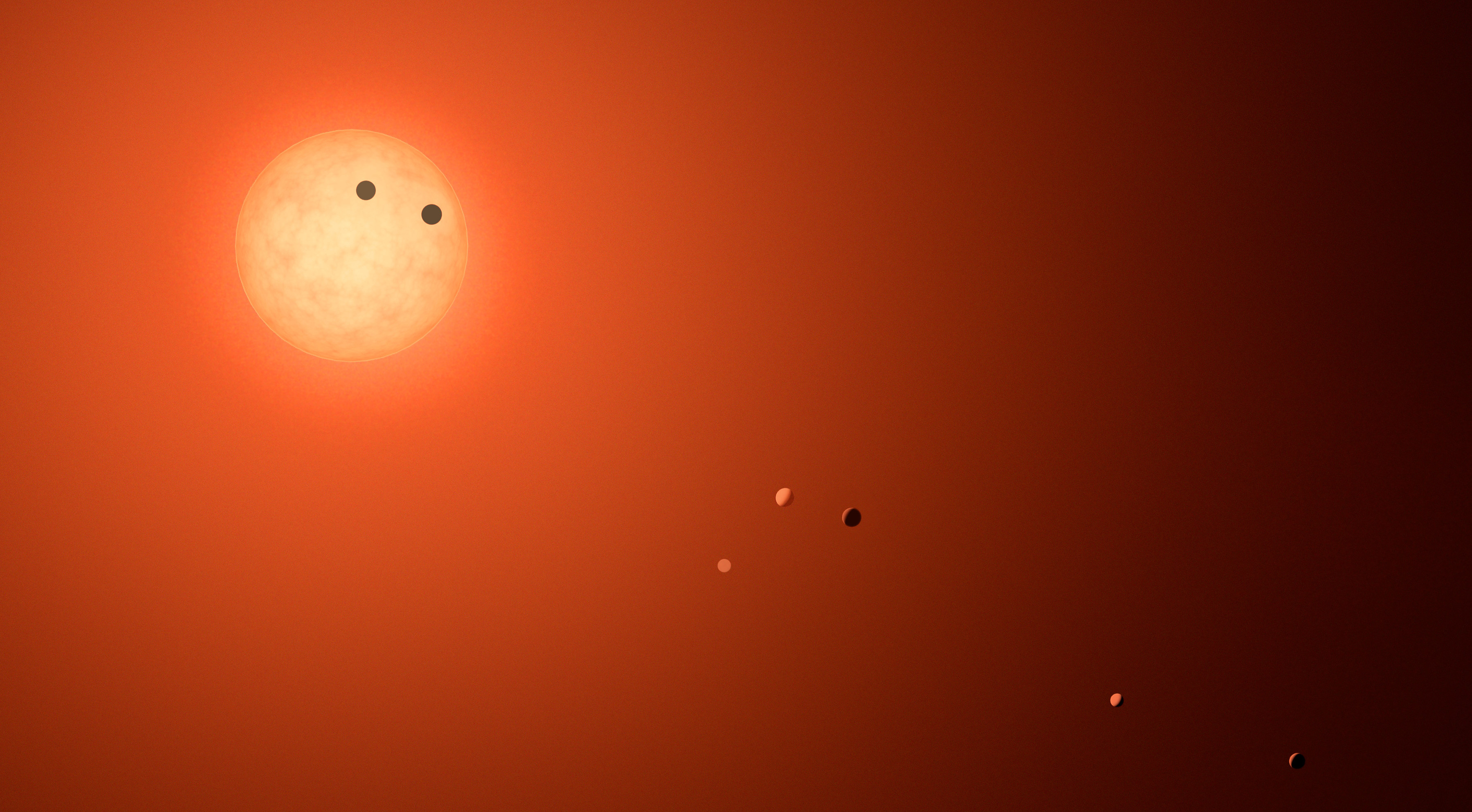 Unless you were living under a very large and heavy rock last week, you probably heard about the discovery of seven planets in the TRAPPIST-1 system by Michaël Gillon and colleagues.
Unless you were living under a very large and heavy rock last week, you probably heard about the discovery of seven planets in the TRAPPIST-1 system by Michaël Gillon and colleagues.
Although this system was already known to host three, roughly Earth-sized transiting planets, the discovery of four more throws the door wide open for habitability – all seven planets receive the right amount of starlight from their diminutive red-dwarf host that liquid water might be stable on their surfaces.
There are so many interesting questions to explore for this system – What are the planets’ atmospheres like? How did this system of tightly-packed planets form and how do their orbits remain stable? And, of course, are they habitable?
Fortunately, concerted follow-up observations and theoretical studies can probably a lot of these questions. The fact that the planets all transit their small host star means their atmospheres are ideal for study by the James Webb Space Telescope. Strong gravitational tugs among the planets caused their orbits to change visibly over the course of the observations, so we have strong constraints on how exactly the planets interact.
The last and probably most important question is going to be a lot more difficult to answer. But since a detailed understanding of this system is likely (and probably inevitable, given the enormous enthusiasm for this system), we’ll soon be very close to answering the question of whether the TRAPPIST-1 system is habitable and maybe even inhabited.
One bit of trivia: the TRAPPIST survey that discovered this system was named in honor of the contemplative Roman Catholic religious order of Trappists, and the astronomers reportedly celebrated their discovery with a round of Trappist beer. Maybe this should be the start of a new tradition of naming new planetary systems after beers.
